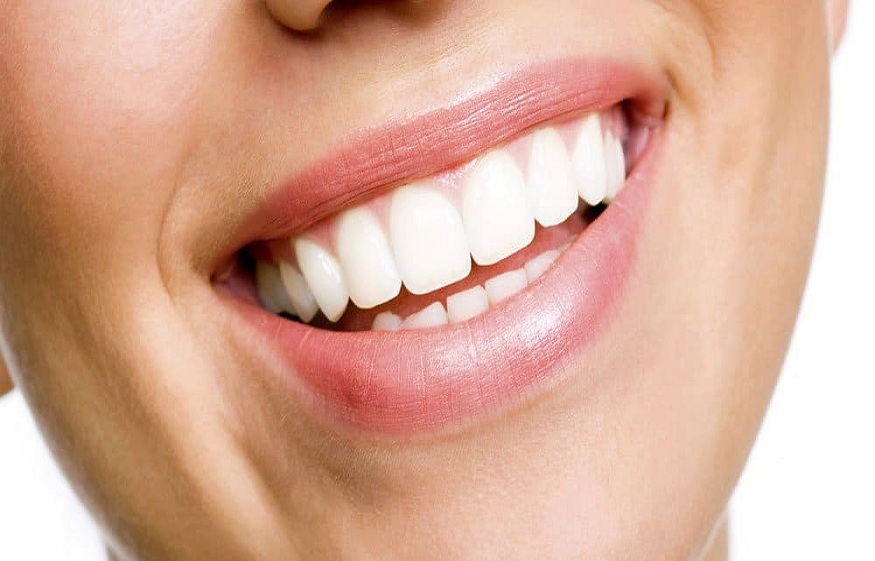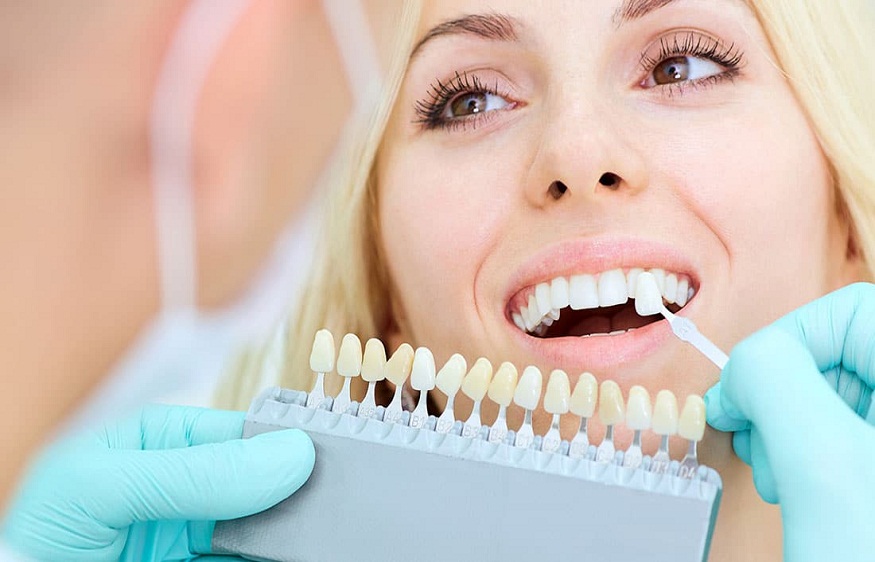Wavelength-optimized periodontal therapy is used to treat periodontal diseases. Bacteria that reside around the necks of teeth cause periodontal disease by generating endotoxins that lead to severe gum infections and the loss of the supporting bones that hold your teeth together. Periodontal disease is referred to as “around the teeth” disease. When body tissue is diseased or has a compromised immune system, the gingiva will become larger, increasing blood flow and promoting healing. There has long been a history of using lasers to treat periodontal disorders. Below are various types of lasers used in wavelength-optimized periodontal therapy.
CO2 lasers
Lasers with different wavelengths are used in wavelength optimized periodontal treatment. CO2 lasers are the most commonly used for this purpose. They can help remove calculus from the teeth and implant root surfaces. It is also used in conjunction with fluorides to increase the effectiveness of the treatment. Another advantage of this type of laser is its anesthesia-free cutting of medicinal preparations. Its precision enables the clinician to move from the hard to soft tissue without touching the unit. It helps sculpt the oral landscape like clay and delivers optimum speed and bloodless soft tissue contouring. In addition, it leaves clean preps with perfect pink tissue ready for restoration.
Nd: YAG laser
Using an Nd: YAG laser for wavelength-optimized treatment of periodontal disease can reduce inflammation and improve the appearance of gum tissue. This laser works by killing bacteria that cause periodontal disease. In addition, the wavelength of this laser is sufficient to deactivate most periodontopathic anaerobes.
An Nd: YAG laser is used for many dental procedures. It allows for precise hard tissue ablation without heating the surrounding tooth structure, which could lead to a root canal treatment or damage to the tooth’s nerve. Additionally, this laser offers minimal bleeding and vibration and works much faster than other lasers.
A YAG laser emits a wavelength more effective for periodontal regeneration and calculus removal. The laser’s high peak energy allows it to penetrate deep enough to eliminate calculus. In addition to effectively removing calculus, a YAG laser can also be used for root surface conditioning.
Fiberoptic technique
A fiberoptic technique for wavelength-optimized periodontal therapy combines the advantages of wavelength-optimized lasers with the advantages of non-surgical treatment. It is a non-surgical procedure involving a diode laser, which uses fiber optics for energy delivery. The laser wavelength is very suitable for treating the gums because the wavelength is absorbed by pigment and hemoglobin, both of which are high in periodontal pockets. Additionally, diode lasers are bactericidal and aid in coagulation.
The laser’s wavelength and power output capacity are important in determining the amount of light transmitted through the gingival tissue. The wavelengths of light at these wavelengths are effective for penetrating two to three mm of tissue, the average thickness of human gingival tissue. In addition, using a light-emitting diode (LED) as a light source reduces thermal effects that may occur off-target.
LANAP
LANAP wavelength-optimized periodontal treatment is an advanced laser-assisted regeneration therapy that can help restore the health of your gums. This treatment is an alternative to traditional gum surgery and involves two appointments, each lasting about two hours. After the first treatment, your gums will be cleaned with a specialized cleaning solution, and you’ll be back to your regular activities within a week. In addition, the procedure doesn’t require any sutures or surgical glue. You can also avoid cosmetic concerns with LANAP as the procedure is painless, and you’ll be able to return to your normal activities the next day.
This technique uses a free-running Nd-YAG laser to regenerate periodontal tissues. The process encourages the growth of new tissues that can support and protect the periodontal attachment apparatus. This treatment aims to reduce the etiology of periodontal disease through its bactericidal and detoxifying effects. This innovative treatment can provide a long-term solution for periodontal disease. Further research on the use of lasers for periodontal regeneration may provide even more breakthroughs.
LAR
Wavelength Optimised Periodontal Therapy (WPT) uses a highly focused laser to treat periodontal disease. The laser’s energy destroys microbial biofilm and calculus from the root surface. The laser also stimulates the production of fibrin, which promotes gum reattachment.
In addition to promoting periodontal regeneration, LANAP is also effective in reducing the depth of gum pockets and promoting new bone growth. The laser, which uses a seven-set variable pulsed Nd: YAG laser, targets the inflamed gum tissue to promote the body’s natural healing process. It also removes the unhealthy gum tissue, allowing healthy tissue to replace it.
The laser also triggers faster coagulation and disinfection of soft tissues, which is important in preventing and managing severe gum infections. This treatment is especially helpful in gum pockets, where cleaning is nearly impossible. It also promotes gum reattachment by creating a sterile environment.



